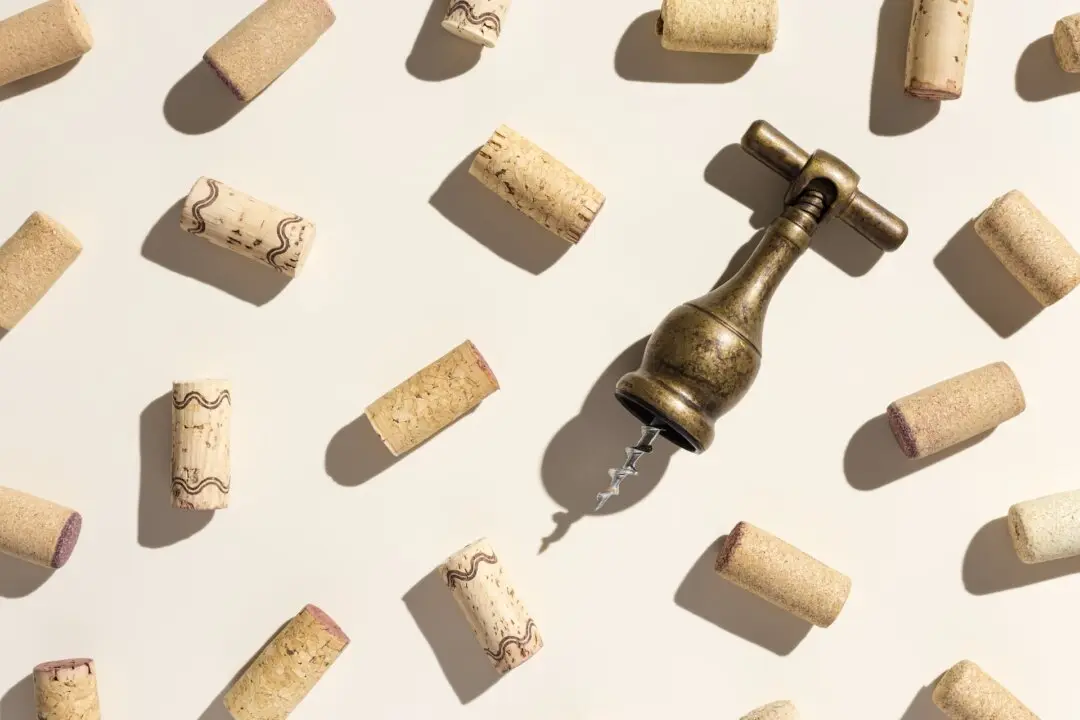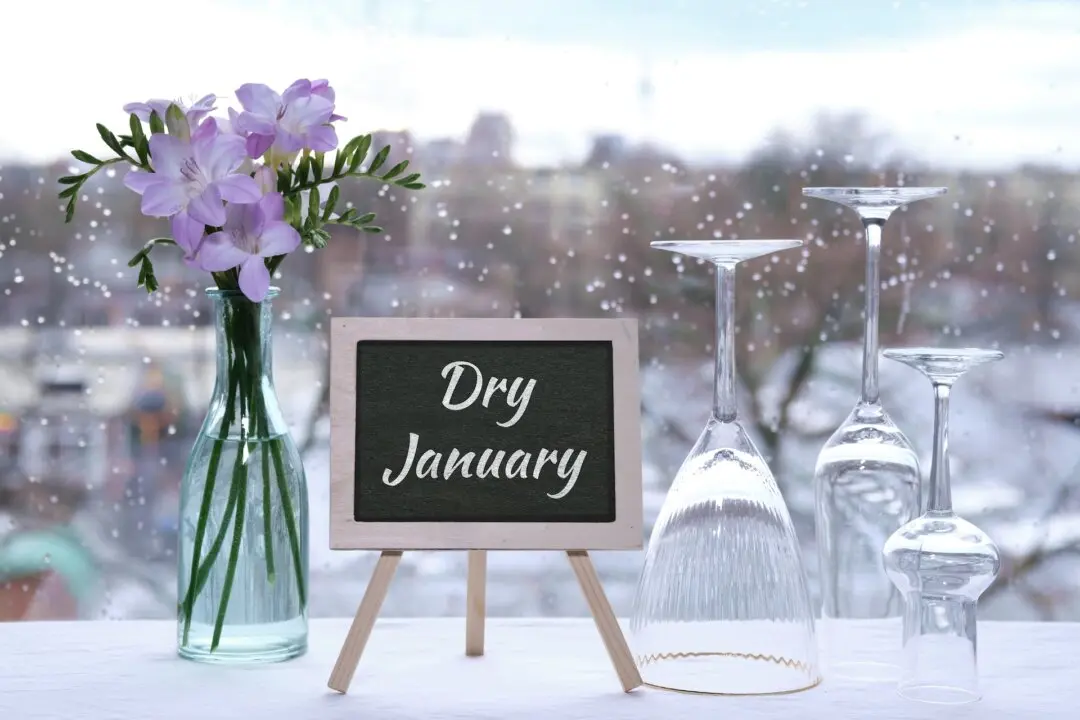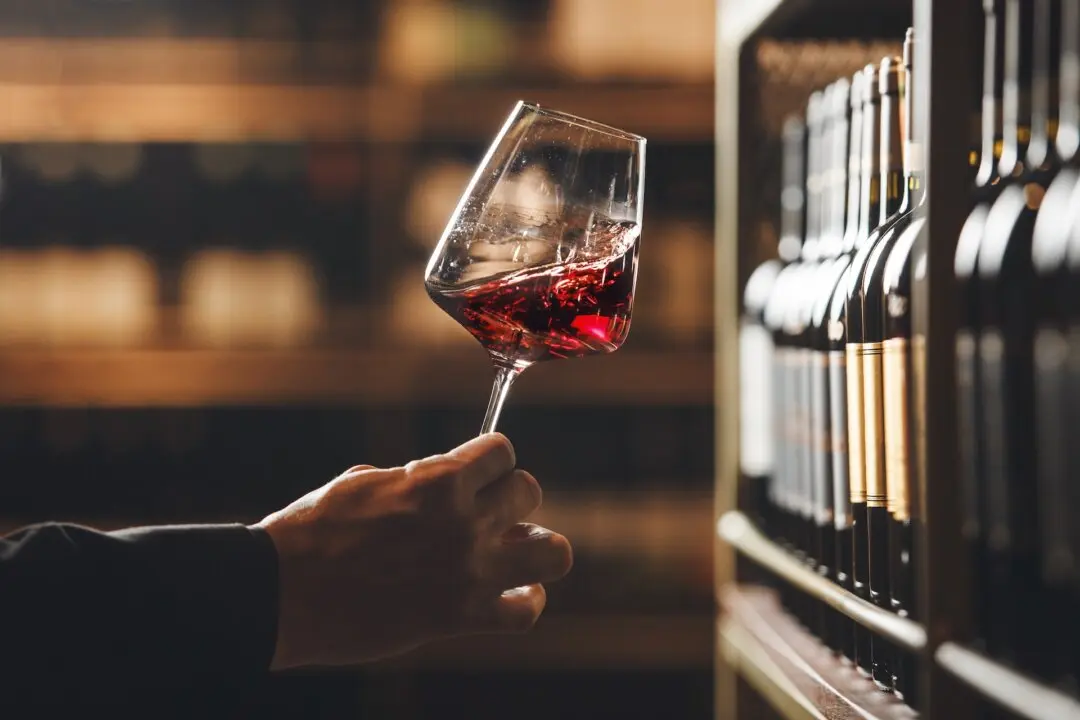Beets, new-mown grass, sage, olives, gardenia, petroleum, strawberries.
These are just some of the hundreds of terms we use to describe wines. Some are easy to understand, some are obscure, and some describe wines that are unappealing.
The above terms usually are connected to specific grapes and are as close as we can come to describing wines. For instance, the floral grape Viognier should smell like peaches, honeysuckle, or roses. If it smells like seaweed, it isn’t a very good example of Viognier.
The aroma of nail polish remover is a flaw, a spoilage element that develops during wine production.
Also, different people can view the same elements in radically different ways. In many red wines, some people adore the scents of bacon, chocolate, mocha, and smoke. Others find the same aromas to be irritants because they’re not winelike. (These terms usually come from aging red wine in new toasted barrels.)
Frequently, wines are marketed by touting production aromas, not fruit. Chardonnay often is praised for buttery, toasty, or caramel aromas, which come from winemaking tactics, not grapes.
Pinot noir, one of today’s most popular red wines, historically has been described as smelling like beets. British writers especially say a great red Burgundy has a classic “beetroot” scent. Russian River Valley pinots, however, typically are strawberry-like.
The freshness of new-mown grass is commonly associated with sauvignon blanc, although some expensive versions of it that are aged in oak carry little of that scent.
Not many expensive cabernet sauvignons now exhibit the typical varietal cab aromas of sage, bay leaf, or cumin—spices that once marked most cabs. Nor do we see much olive, green tea, or cherry in most of today’s merlots.
The basic aromas of gardenias and carnations are similar to each other, and both mark the basic aroma in a fine Gewurztraminer.
The slight hint of petroleum in Riesling is an element most Riesling lovers like, but it can be off-putting to newcomers. The aroma is part of the grape’s charm. Additionally, Rieslings that develop “noble rot” in the vineyard can also smell like honey.
Rosé wines often smell like cherries or watermelon. Top-rate chenin blanc can have a honeydew melon scent; semillon’s aroma is lanolin and fresh figs.
Syrah can have a black pepper scent (called rotundone). It’s a prized component in cool-climate red wines. Purists adore it, but those who have never smelled pepper in a red wine may consider it an aberration.
Most of the terms we use are approximations and don’t always do justice to a good wine. A term such as “newly tanned leather” can appeal to some, but the same scent can smell more like “sweaty saddle” to someone else.
Secondary aromas can give a wine complexity, such as cumin, nutmeg, tarragon, or thyme. And the sorts of berries we refer to can range from the mundane (blueberry) to the obscure (loganberry).
The nice thing is that there are no wrong answers here. We all differ in how we perceive things, and what you sense as garlic could be someone else’s shallots and another person’s chopped chives.
My grapefruit could be your lime, his tangerine, and her orange peel. But at least we’re all talking about some sort of citrus fruit.
Wine of the Week
2022 Nobilo Sauvignon Blanc, Marlborough ($14): This lovely white wine is a classic example of New Zealand SB, with an attractive aroma of lime, kiwi fruit, and delicate tropical notes. It has a soft, appealing entry, but a mid-palate that’s crisp enough to work with all kinds of lighter dishes, including seafood. At this price, it’s a good value. Several locations are carrying it for three dollars less!
Dear Readers: We would love to hear from you. What topics would you like to read about? Please send your feedback and tips to [email protected].





